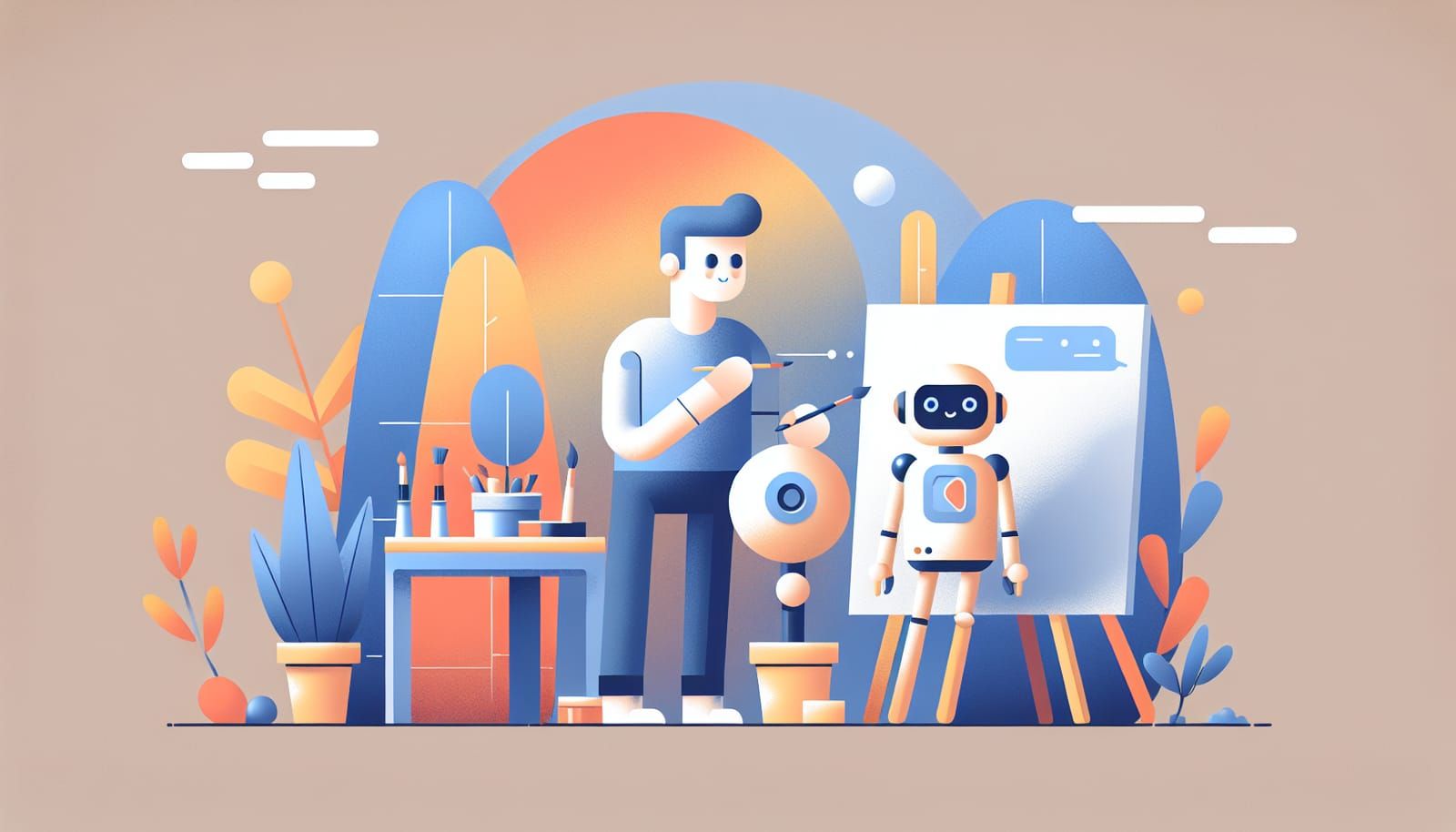In recent years, artificial intelligence (AI) has become a buzzword in our society. From self-driving cars to digital assistants like Siri and Alexa, AI is transforming the way we live and work. One area that has sparked a lot of curiosity—and some controversy—is the idea of using AI as a therapist. Can machines really understand our emotions and provide the support we need? In this article, we’ll explore the myths surrounding AI therapy, the capabilities of AI, and why it’s essential to understand its limitations.
What Is AI and How Does It Work?
Before we dive into the world of AI therapy, let’s first understand what AI is. At its core, artificial intelligence refers to computer systems designed to perform tasks that typically require human intelligence. These tasks can include things like recognizing speech, making decisions, and even understanding emotions.
AI operates using algorithms—sets of rules or instructions that tell the computer what to do. By analyzing large amounts of data, AI can learn patterns and make predictions. For example, if an AI program is trained on thousands of conversations, it can learn how people typically respond to various emotional cues.
The Rise of AI in Mental Health
With mental health awareness growing, the demand for therapy has also increased. This has led to the emergence of AI-driven mental health applications and chatbots designed to provide emotional support. These tools often use natural language processing (NLP)—a branch of AI that helps machines understand and respond to human language.
While these AI systems can offer some support, it’s crucial to recognize that they are not a replacement for human therapists. They can help with basic emotional check-ins or provide coping strategies, but they lack the depth of understanding and empathy that a trained professional possesses.
Understanding Emotions: The AI Dilemma
One of the biggest challenges for AI in the realm of therapy is understanding human emotions. Emotions are complex and influenced by a multitude of factors, including personal experiences, cultural background, and even biology. While AI can analyze data and recognize patterns, it cannot truly feel emotions or comprehend the nuances that come with them.
Think of it this way: an AI might know that when someone is sad, they often use words like "down" or "blue." However, it cannot experience sadness itself or fully understand what an individual is going through. This is a significant limitation when it comes to providing emotional support.
The Benefits of AI in Support Roles
Although AI cannot serve as a therapist in the traditional sense, it can still play a valuable role in supporting mental health. Here are some ways AI can be beneficial:
Accessibility: AI-powered apps can provide immediate support to individuals who may not have access to a therapist, especially in remote areas.
Anonymity: Some people may feel more comfortable discussing their feelings with an AI chatbot rather than a human therapist, reducing the stigma associated with seeking help.
Cost-Effectiveness: AI solutions can be more affordable than traditional therapy, making mental health support accessible to a broader audience.
Monitoring: AI can track mood patterns over time, helping users understand their emotional health better and identify triggers for certain feelings.
The Human Element: Why We Need Real Therapists
While AI has its merits, the human connection in therapy is irreplaceable. Human therapists bring empathy, understanding, and the ability to form meaningful relationships with their clients. They can read body language, tone of voice, and other non-verbal cues that AI simply cannot interpret.
Moreover, therapists can tailor their approaches to fit individual needs, providing personalized support that reflects the complexities of human emotions. They can think critically and adapt their strategies based on the client’s current state of mind, something AI lacks.
When Is AI a Good Option?
AI can be a helpful supplement in mental health care, but it should not be the sole source of support. Here are scenarios where AI might be beneficial:
- As a preliminary tool for those who are unsure about seeking therapy.
- For individuals seeking coping mechanisms or strategies for managing stress or anxiety.
- As a companion for those needing immediate support outside of traditional therapy hours.
However, it’s essential to consult with a trained professional for serious mental health issues. AI should be viewed as a complementary tool rather than a substitute.
The Future of AI in Therapy
As technology continues to advance, the role of AI in mental health care will likely evolve. Developers are constantly working to improve the capabilities of AI systems, making them more adept at addressing emotional needs. However, it’s crucial to proceed with caution.
Ethics and privacy concerns are paramount when it comes to mental health data. Users must be aware of how their information is collected and used. It’s essential to choose reputable apps and tools that prioritize user privacy and data security.
In conclusion, while AI has made remarkable strides in understanding human emotions, it cannot replicate the human experience. Therapy is a deeply personal journey that requires empathy, understanding, and a genuine connection—qualities that AI is not capable of providing. Instead of fearing the rise of AI in mental health, we should embrace it as a tool that can enhance our understanding of ourselves and provide support alongside traditional therapy.
As we navigate the complexities of mental health, let’s celebrate the advancements in technology while recognizing that the human touch will always be vital in the healing process.
In a world increasingly influenced by technology, it’s essential to stay informed and critical. Understanding the capabilities and limitations of AI will empower us to make informed decisions about our mental health and well-being. Whether you seek support from a human therapist or an AI-driven app, remember that the journey toward emotional health is uniquely personal, and there’s no one-size-fits-all solution.


